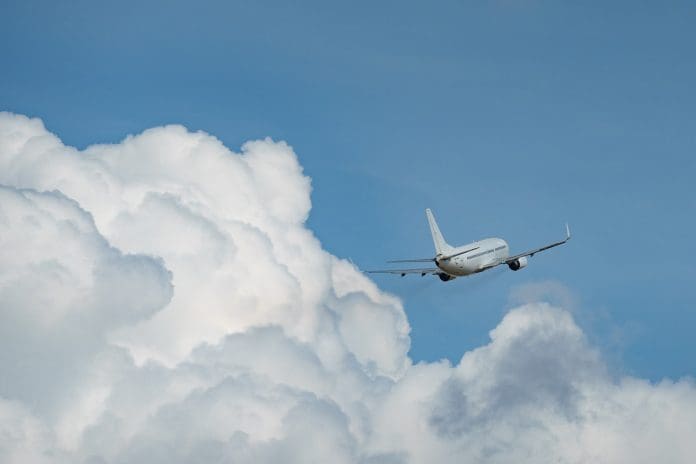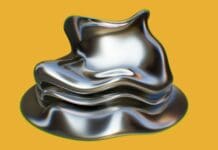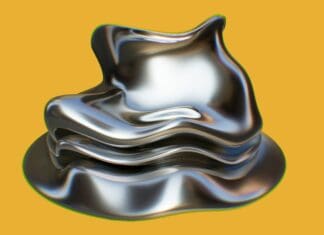This post is also available in:
 עברית (Hebrew)
עברית (Hebrew)
Supersonic flight has been very limited due to the consequences of its physics, including shattered windows and hard vibrations caused by sonic booms.
Typical aircraft wings are based on Bernoulli’s principle: faster airflow above the wing causes lower pressure, and slower airflow beneath the wing generates higher pressure, resulting in the plane lifting. However, shock waves that are produced when flying closer to the speed of sound cause a reduction in lift, as well as vibrations that damage the aircraft. This caused commercial supersonic flight to be stopped for years. Now, scientists from Northwestern Polytechnical University in China discovered a way to reduce the effects of such phenomena, paving the way for the return of commercial supersonic flight.
The research team proposed that the solution for these side effects is placing strategic holes in the wing. Their experiments, which included computer simulations and wind tunnel tests, concluded that placing holes in the wing reduces shock waves and the consequent vibrations. Further, a boost of over 10% in aerodynamic efficiency was discovered, according to Interesting Engineering. These holes only open when the aircraft goes beyond sonic speed, and so before reaching it, the plane can operate like a regular airplane. The holes within the wing have an air pump inside of them, which reduces wing vibrations by adjusting the jet stream’s intensity, limiting turbulence. Despite this causing a slight loss in lift, the reduction in drag causes an overall higher lift-to-drag ratio.
In addition to the research team’s efforts, which are still undergoing testing, other teams around the world are also trying to conquer supersonic flight with other solutions. Just this year NASA is expected to conduct a flight experiment of their X-59 supersonic jet, in collaboration with Lockheed Martin.
It is interesting to continue following these endeavors and see what’s in store for the future of supersonic flight.
The team’s research was published in the Acta Aerodynamica Sinica journal.


























